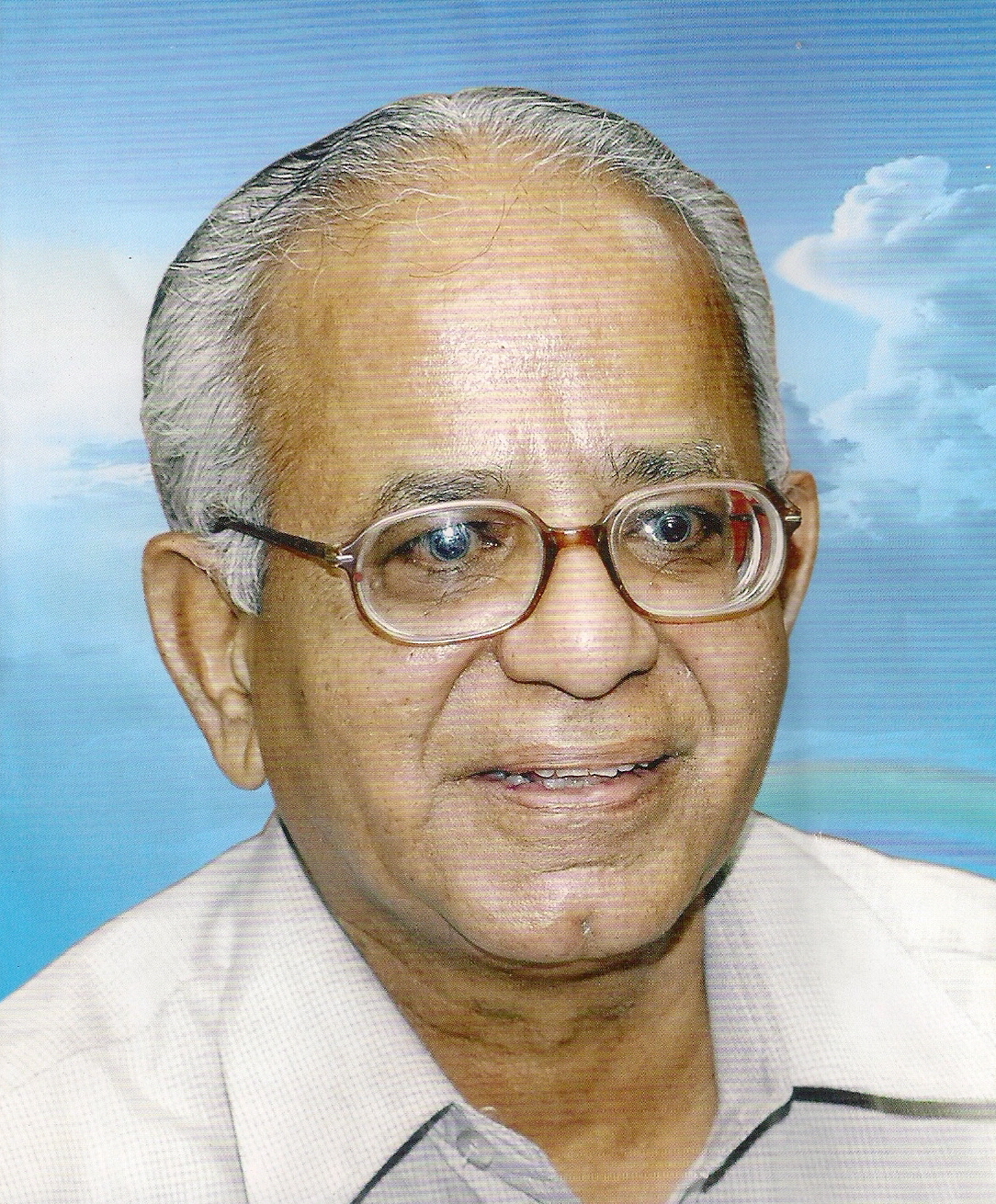At a time when states across India are coming up with grand plans of erecting gargantuan statues, there is one statue in Hyderabad which will probably not be visited by hordes of people or receive round-the-clock media coverage.
This is because the statue does not venerate a legendary freedom fighter, or a god/goddess. The statue is of an upright civil servant, whose service and dutiful nature earned him the sobriquet of “people’s IAS officer.”
Furthermore, this is possibly the only statue in India which honours an Indian bureaucrat, making it a one-of-its-kind memorial.
So, why was this man bestowed with such a great honour?
SR Sankaran was an IAS officer from 1956 batch, whose tireless efforts towards the upliftment of the poor and downtrodden throughout his career made him a virtuous example, not just for scores of civil servants and aspirants but also citizens.

Born on October 22, 1934, in the temple town of Thanjavur in Tamil Nadu, Sankaran was a Commerce graduate from American College in Madurai, which he later joined as a lecturer. It was around this time that he was inducted into the administrative services from the Andhra cadre.
He was known for his diligent efforts in bringing landmark policies like the ‘Abolition of Bonded Labour Act’ and the ‘Land Distribution Act’ to the fore. He had also pioneered the Integrated Development Schemes and Agencies as well as Special Component Plan for the SC/ST during his first tenure, which made him a champion of these marginalised communities.
However, among all his contributions to the society, it should be his relentless efforts to put an end to the inhuman practice of manual scavenging that must be genuinely lauded.
His association with the non-profit organisation, Safai Karmachari Andolan, had helped free a majority of the manual labourers in the undivided Andhra Pradesh handling human excreta. Thanks to his efforts, their numbers significantly fell from 13 lakh to 3 lakh.
In his personal life, Sankaran was an unassuming man who had little inclination towards material wealth or higher posts and lived a very simple life. The frail, short-statured man was known for his extremely sober dressing style that would often lead people to assume that he was a school teacher, instead of a bureaucrat!
Sankaran was also an exception to the grandeur and flamboyant lifestyle that has often been observed amongst bureaucrats. His only material possession included a single-room apartment!
The Abolition of Bonded Labour Act and Land Distribution Act in 1976 was yet another remarkable initiative pushed by Sankaran. Touring villages across the state, he inspired scores of villagers to break free from bondage and later played a noteworthy role in bringing the act to reality.
Sadly, his painstaking attempts didn’t go down well with the then chief minister, because of which Sankaran was asked to proceed on leave.
What had affronted one front ended up earning appreciation from another. Nripen Chakraborty, the then chief minister of Tripura, personally invited Sankaran to join the state administration as the Chief Secretary—a post he efficiently held for six years.
A fascinating incident from this time makes for an anecdote worth retelling. When Sankaran arrived at the Agartala airport to assume his post, he gave a miss to the ‘lal-batti’ convoy that was there to welcome him. He quietly carried his luggage out himself and chose to travel by a cycle-rickshaw to the state secretariat.
Only when the protocol officers found about this breach of action and requested him to take the car, did he step out of the rickshaw—but not before paying the fare to the rickshaw puller.
He was also known for his tireless efforts in mediating talks between the state and Naxal insurgents. In fact, he was one of the seven civil servants who was abducted by Maoists in 1987 and later released unharmed. Even there, he had left a lasting impression on the insurgents because he seemed to empathise with their cause.
A bachelor by choice, he was known to route vast chunks of his salary to organisations that worked towards the upliftment of the marginalised communities. Whenever he could, Sankaran would prefer to live in tribal and Dalit hamlets, to understand their miseries and later work towards easing them.
When Sankaran was awarded the Padma Bhushan in 2005, he politely declined to accept it and is quoted as having stated that he would take no award for doing something that was his duty.
Sankaran passed away in 2010 following a cardiac arrest. Such was the legacy he left behind that the state government of erstwhile Andhra Pradesh (undivided) decided to honour him in 2011 with a life-size statue at the Damodaram Sanjeevaiah Telugu Sankshema Bhavan in Masab Tank, which houses the social welfare department.
Today, we remember the exceptional man and take inspiration from the ideals he strove to preach and practice.
(Edited by Gayatri Mishra)
Like this story? Or have something to share?
Write to us: contact@thebetterindia.com
Connect with us on Facebook and Twitter.
If you found our stories insightful, informative, or even just enjoyable, we invite you to consider making a voluntary payment to support the work we do at The Better India. Your contribution helps us continue producing quality content that educates, inspires, and drives positive change.
Choose one of the payment options below for your contribution-
By paying for the stories you value, you directly contribute to sustaining our efforts focused on making a difference in the world. Together, let's ensure that impactful stories continue to be told and shared, enriching lives and communities alike.
Thank you for your support. Here are some frequently asked questions you might find helpful to know why you are contributing?

